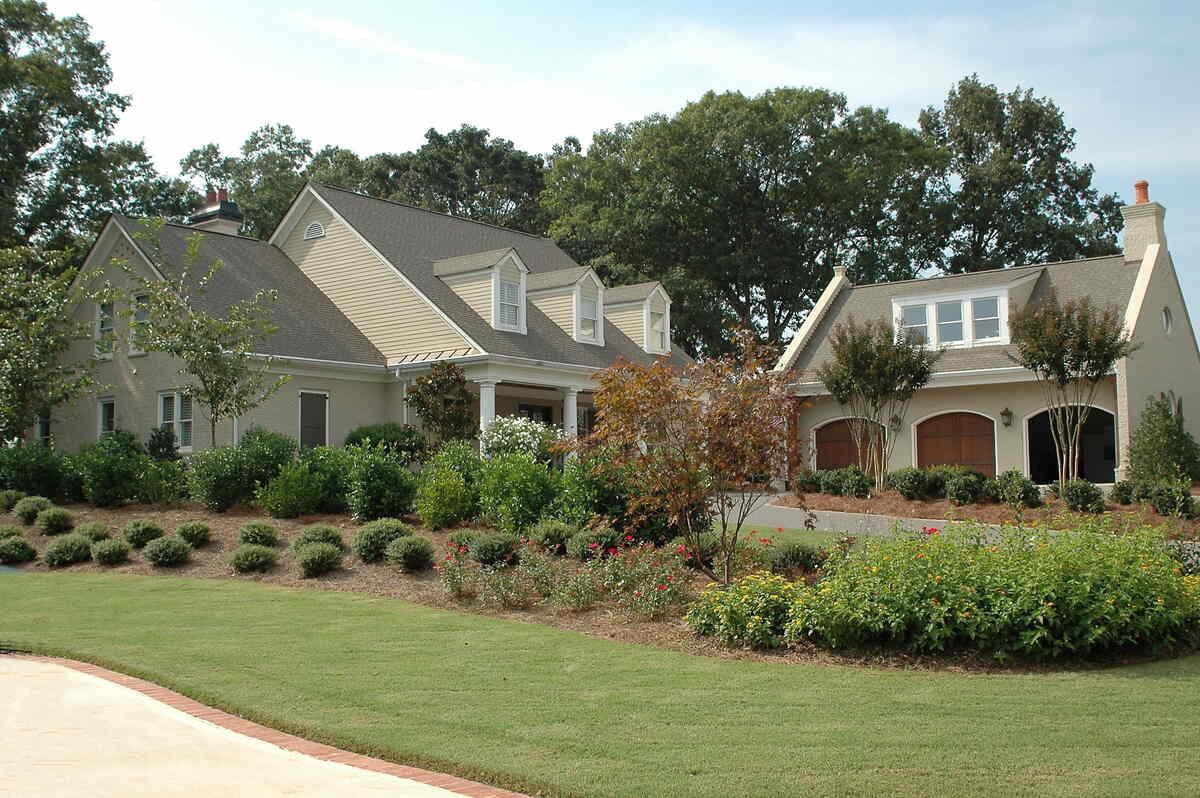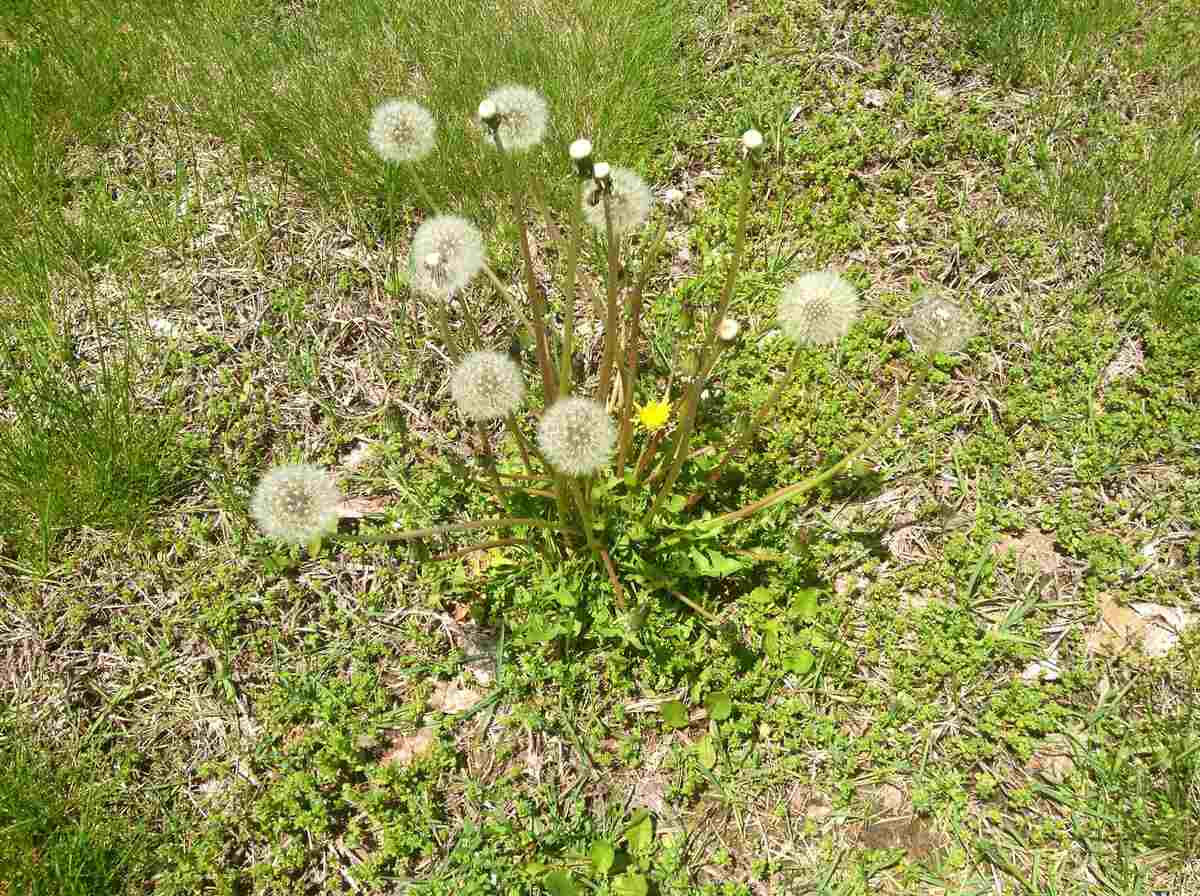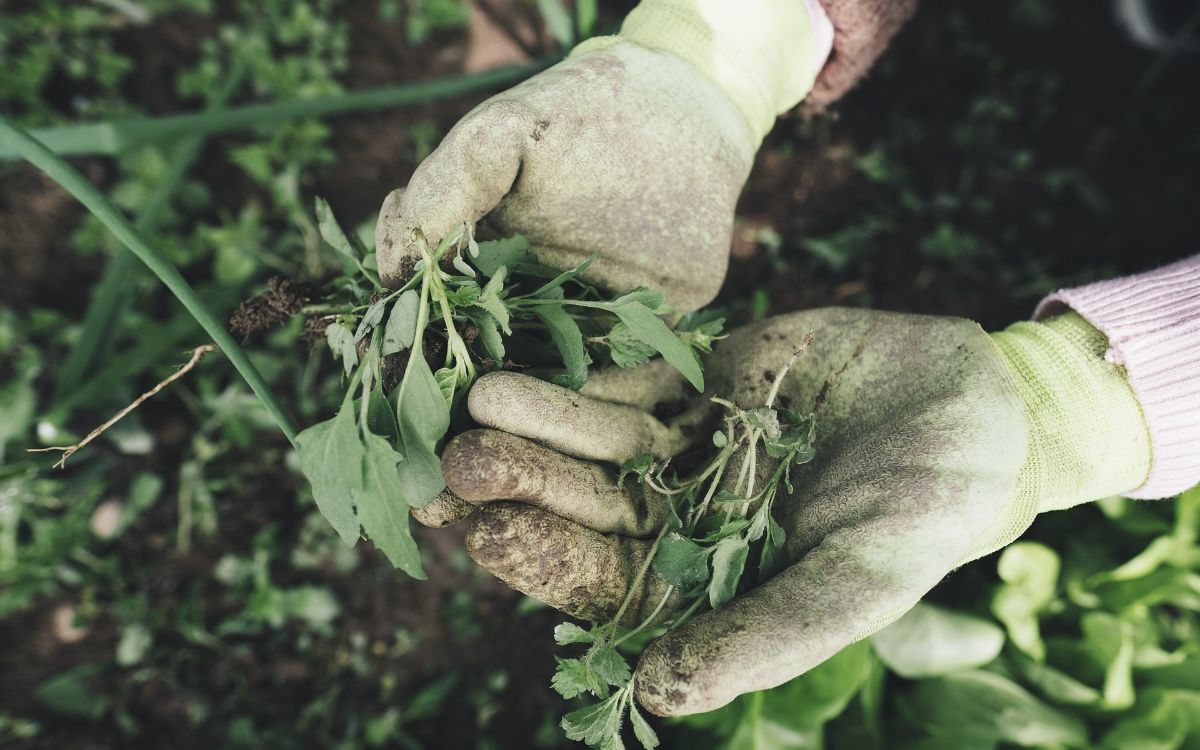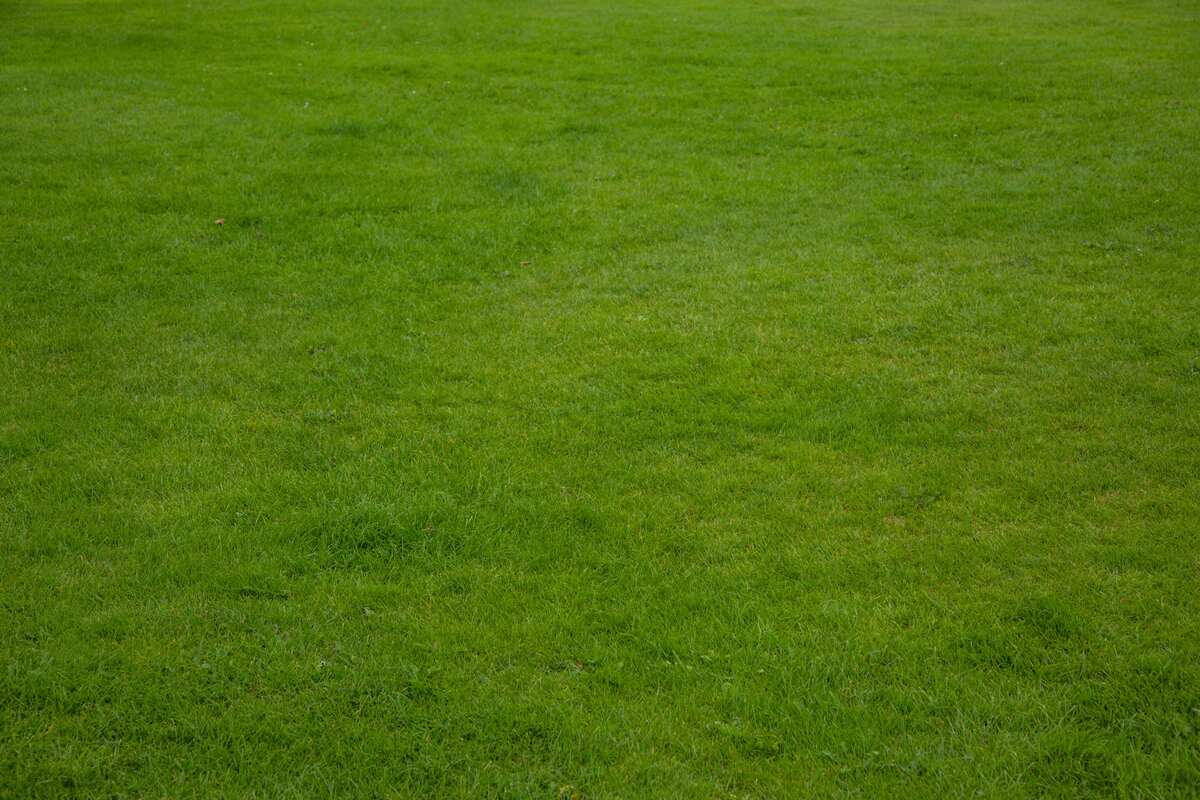
Every day you see your neighbor’s green lawn and ask yourself what their secrets are. How is it so lush? How can you replicate their success? If you’re too shy to ask them or their explanation is vague, we have some ideas about what’s happening. Here’s how to up your lawn care game and get a green yard for yourself.
- 1. Your Neighbor Waters Properly
- 2. Your Neighbor Mows Properly
- 3. Your Neighbor Fertilizes
- 4. Your Neighbor Cares About Their Soil
- 5. Your Neighbor Removes Debris
- 6. Your Neighbor Overseeds Their Lawn
- 7. Your Neighbor Controls Their Weeds
- 8. Your Neighbor Keeps Pests Under Control
- 9. Your Neighbor Knows How to Spot and Treat Diseases
- 10. Your Neighbor Doesn’t Overuse Products
- 11. Your Neighbor Maintains Their Equipment and Tools
- 12. Your Neighbor Minimizes Pet Damage
- 13. Your Neighbor’s Lawn Isn’t Too Shady or Sunny
- 14. Your Neighbor Has Researched Their Grass Type
- 15. Your Neighbor Hires a Lawn Care Professional
1. Your Neighbor Waters Properly
Irrigation is the most basic lawn care task, but it’s surprisingly easy to make mistakes. Not enough water will dry out your grass, while too much could encourage diseases and weeds.
How Much Water Do Lawns Need?
Most lawns need about one inch of water a week. How can you tell when you’ve applied one inch? Put down a few cans near your turf when you irrigate. Stop when they contain one inch of water.
How Often Should You Water?
You may think watering every day is good for your lawn, but it’s not. Grass benefits most from one to two long watering sessions a week. This less-frequent, deep watering allows a deep root system to develop, meaning the grass can access water farther beneath the soil. Frequent, shallow watering creates a shallow root system that can’t access water deep in the soil.
Do Lawns Need Water All Year?
Water your lawn throughout its growing season (spring, summer, and fall) to keep it green. If you live in a rainy area, you may not need to water as frequently. Get a water gauge and check it weekly to see if you need to water. While not all lawns need winter irrigation, you should continue to water them if you have especially dry winters.
What Time of Day is Best for Watering?
The time of day is also essential when irrigating. The best time to water your lawn is in the morning because your grass has time to absorb the water before the daytime sun evaporates it. Why not water in the evening, then? Nighttime watering leaves the grass wet for too long, which can encourage disease.
Does Soil Type Affect Water Absorption?
What if you’re already watering at the right time? The issue may be your soil type. Sandy soils drain quickly, so the water might disappear before your grass has a chance to use it. Water with half an inch twice a week to counteract this.
Clay soils drain slowly, so water may start running off before you’ve applied one inch. When you see this happen, wait half an hour before you continue.
2. Your Neighbor Mows Properly
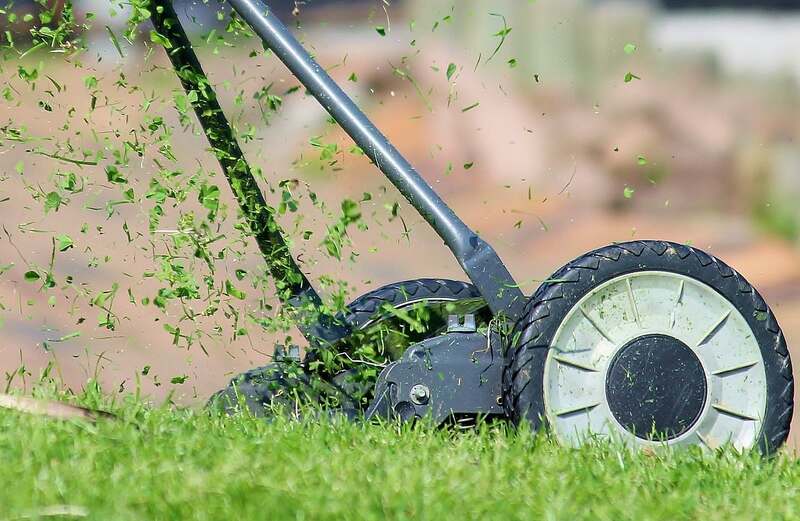
It may be tempting to mow low so you don’t need to cut often, but you could hurt your lawn. Never cut off more than one-third of the grass blade.
Below are the ideal mowing heights for different grass types. Keep your grass within the recommended mow height range and mow it when it hits the range on the right column.
| Grass type | Recommended mow height (inches) | Mow when it reaches this height (inches |
| Annual ryegrass | 1.5 – 2 | 2.25 – 3 |
| Bermudagrass | 1 – 1.5 | 1.5 – 2.25 |
| Buffalograss | 1 – 2 | 1.5 – 3 |
| Centipedegrass | 2 | 3 |
| Hybrid Bermuda | 0.5 – 1 | 0.75 – 1.5 |
| Kentucky bluegrass | 2 – 3 | 3 – 4.5 |
| Perennial ryegrass | 1.5 – 2.5 | 2.25 – 3.75 |
| St. Augustinegrass | 2.5 – 3 | 3.75 – 4.5 |
| Tall fescue | 1.5 – 3 | 2.5 – 4 |
| Zoysiagrass | 0.5 – 1 | 0.75 – 1.5 |
You’ll need to mow the most when your grass actively grows (summer for warm-season grasses and spring and fall for cool-season grasses). You likely don’t need to mow in the winter unless you live in a subtropical climate with mild winters.
3. Your Neighbor Fertilizes
Your lawn can’t stay green if it’s malnourished. For example, iron and nitrogen deficiencies can cause yellow grass. Send a soil sample to your local cooperative extension or soil testing laboratory to see what nutrients your turf is missing.
However, you can’t just throw fertilizer at your lawn at any time to make it green. Your grass will make the best use of fertilizer if you apply it during the growing season. Warm-season grasses grow best in summer, and cool-season grasses grow best in spring and fall.
Too much fertilizer can also turn your lawn yellow. Established lawns only need one application a year, though you can split it into multiple smaller applications. Use slow-release lawn fertilizer to minimize the chance of fertilizer burn.
You might not find your neighbor’s grass-fertilizing secrets in the gardening store. They could also mulch their grass clippings or apply compost to give their yard a nutritional boost. Mulch grass clippings using a mulching lawn mower to recycle those nutrients. Want to take your fertilizing game up a notch? Compost is a great way to repurpose green waste and food scraps.
4. Your Neighbor Cares About Their Soil
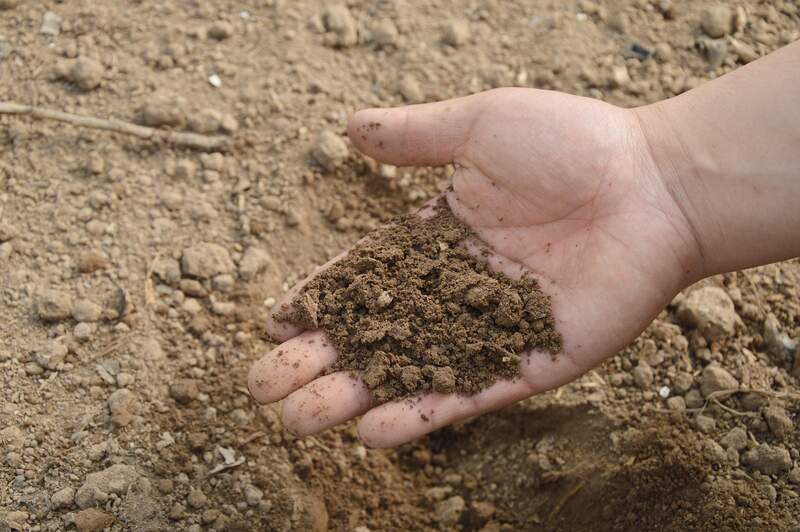
Soil is soil, right? You just have to deal with what you have–– or do you? You can do a lot to remedy “bad” soil and make your lawn greener than ever. Soil amendments alter the quality of soil, indirectly benefiting your lawn. Soil amendments can fix nutrient, pH, and texture issues.
Soil Testing
Soil testing will tell you the nutrient content and pH of your soil. Soil pH measures the acidity and alkalinity of your soil. pH that is too high or low affects nutrient absorption. Apply sulfur soil amendments to remedy alkaline soils and lime soil amendments to fix acidic soils.
Soil Texture
Soil texture also affects grass growth. Sandy soils don’t retain water well, while silty and clay soils are particularly prone to compaction. Compacted soils prevent water, nutrients, and air from reaching the plant roots. Compost can improve the water-holding capacity of sandy soils and lighten up the texture of clay soils.
Aeration
Aeration is the best solution if your soil is too compact. Core aeration creates tiny holes in the ground to relieve compaction. Aerate heavy clay soils yearly and sandy soils every couple of years. Your grass will recover best from this invasive procedure during its growing season (fall for cool-season grasses and summer for warm-season grasses).
5. Your Neighbor Removes Debris
Thatch, leaves, branches, stones, and other debris can all smother your grass if left untouched. Pick up any sticks, rocks, or stray toys on your lawn so your grass can access air, nutrients, and sunlight again.
Leaves
While leaves can suffocate your grass if there are too many, you can mulch and use them on your lawn or plant beds. The leaves will decompose and fertilize your grass, and the small pieces will allow nutrients, water, and air to reach the soil.
Thatch
Thatch is the layer of dead and living leaves, roots, and shoots that forms on the soil’s surface. While a little can make lawns more resilient and protect soil from temperature extremes, too much can cause problems, such as:
- Limited root growth
- Restricted air, water, and nutrient movement
- Diseases and pests
Dethatch your lawn when the layer is over half an inch thick. Warm-season grass should be dethatched in late spring or early summer, and cool-season grass should be dethatched in fall.
6. Your Neighbor Overseeds Their Lawn
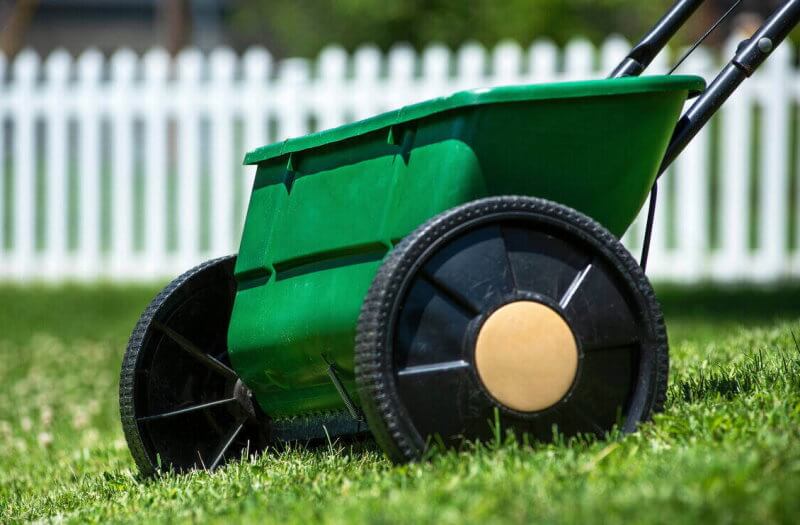
Overseeding adds a fresh infusion of grass seeds to prevent thin and patchy lawns. If you have a yellow or dead spot that’s too far gone, these new seeds could make it green again. Thicker turf is also more tolerant of drought, disease, pests, and other environmental stressors. Overseed right after aeration for the best results.
If you’re baffled at how your neighbor’s warm-season lawn stays green in winter, they could be overseeding it with cool-season ryegrass. Cool-season grass can tolerate lower temperatures and stay greener longer, while warm-season grass turns brown and dormant for the winter. However, even cool-season grass goes dormant in extreme cold, so this technique works best in places with mild winters. Overseed with ryegrass in the fall.
Note: Overseeding won’t cure the underlying lawn problems that turn your grass yellow, but it can repair those yellow spots when they appear. Identify and treat the issue first so your new grass won’t succumb to the same fate.
7. Your Neighbor Controls Their Weeds
Weeds, such as dandelions, compete with resources and can kill your grass if they get out of control. If you can win the war with weeds, your grass can utilize those resources to green up. But what did your neighbor do to banish these annoying leafy invaders?
If you never see weeds in their yard, it may be because they use pre-emergent weed control. Pre-emergent herbicides prevent weeds from sprouting in the first place. Apply pre-emergent herbicides in the spring to prevent summer weeds and in the fall to prevent winter weeds.
If you already have weeds or have missed the window for pre-emergent control, don’t panic. You can still use post-emergent herbicides to squash those weeds. Apply spot treatments to minimize accidental damage to the lawn. Carefully read the labels on weed killers to see what temperatures they work in and if they’re compatible with your grass type.
8. Your Neighbor Keeps Pests Under Control
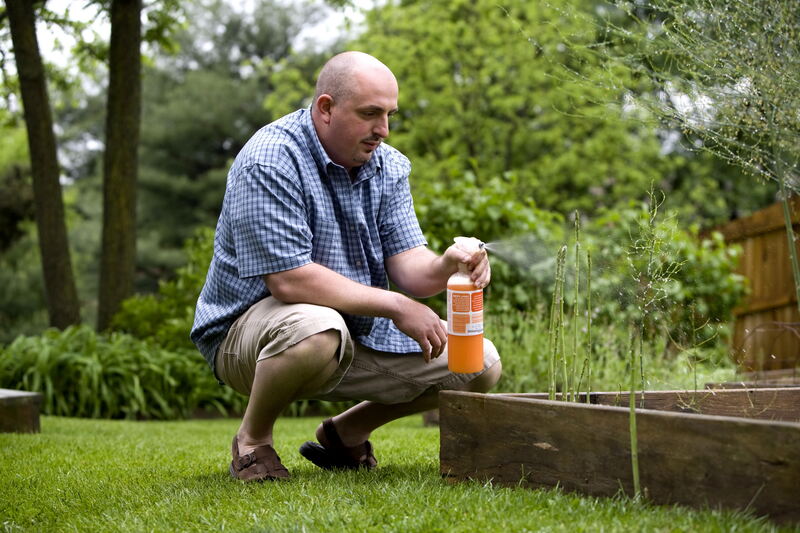
Pests can weaken your lawn and prevent it from reaching its full potential. Grubs, chinch bugs, and sod webworms are common culprits. Proper lawn care will prevent or minimize damage from pests. Still, you may need to turn to other synthetic or organic lawn care methods. Pesticides could damage beneficial insects, so read all product labels carefully.
Grubs are white, curled-up beetle larvae. They live beneath your turf and snack on the grass roots. Treat them with insecticides and deter them by dethatching.
Chinch bugs are winged insects that feed on grass and prevent water and nutrients from reaching the roots. The best way to minimize chinch bug damage is proper lawn care. You can also apply pesticides, beneficial nematodes, or beauveria bassiana.
Sod webworms are cylindrical, tan, and spotted larvae of a type of moth. They feed on grass stems and leaves at night. The best ways to eliminate them include dethatching, applying insecticide, and introducing beneficial nematodes or bacteria.
9. Your Neighbor Knows How to Spot and Treat Diseases
Remember the phrase “an apple a day keeps the doctor away?” Your lawn needs more than an apple to keep diseases at bay. Diseases snatch away your lawn’s green color, but proper prevention and treatment will help your turf survive and recover.
Proper lawn care is the first step to a disease-free lawn. Too much water or fertilizer could encourage fungal diseases. If those diseases manage to take hold, hope is not necessarily lost. Identify the disease so you can treat it yourself or get professional help. Here are some common lawn diseases:
10. Your Neighbor Doesn’t Overuse Products
One thing you should remember about lawn care treatments is that there can be too much of a good thing. Any beneficial treatment can become your lawn’s downfall if it’s overdone. Apply too much fertilizer, herbicides, or pesticides, and you could end up with yellow or brown turf. Always follow package instructions and aim for prevention so you won’t need to apply harsh treatments in the first place.
What about combination products? While weed and feed may seem convenient, it’s not always practical. Think of it like those all-in-one shampoo, conditioner, and body wash products; while it may seem convenient to get a general product to use for everything, you’ll get better results with a specialized product.
11. Your Neighbor Maintains Their Equipment and Tools
If your tools aren’t well cared for, they won’t do your lawn any favors. The best-case scenario is they aren’t as effective, and the worst-case scenario is that they damage your grass. Keep mower blades sharp so you don’t damage your grass. You also should winterize your lawn mower so it’s ready to go come spring.
12. Your Neighbor Minimizes Pet Damage
It’s mind-boggling to see a pristine lawn when you know your neighbor has a dog. How do they stop their pets from damaging their grass? Training may help with digging, but even a well-behaved dog can affect your turf’s appearance.
Your pup’s favorite bathroom spot is an obvious yellow patch. That’s because dog pee and poop have nitrogen in them. While nitrogen is healthy for your grass, too much (especially in one spot) can burn and kill the grass. Here are the steps you should take to fix an existing dog urine spot:
- Remove the dead grass
- Till or rake the soil
- Overseed the affected area
- Fertilize and water
But surely your neighbor isn’t just doing that over and over again. How are they preventing these spots? Here are the steps you can take before the grass turns yellow.
- Rinse with water
- Walk your dog for bathroom breaks
- Train your dog to find a different spot
- Pick up pet poop quickly
13. Your Neighbor’s Lawn Isn’t Too Shady or Sunny
Take a look outside. Are your yellow spots mostly underneath your trees? Then your grass probably isn’t getting enough sunlight. Here’s what you can do to fix this issue:
- Prune your trees or shrubs.
- Overseed or replace the turf with shade-tolerant grass.
- Increase the mowing height; the grass blades need all the height they can get to absorb sunlight.
- Don’t overwater. Water doesn’t evaporate as well in the shade.
Your lawn could also be too sunny. While turfgrass needs sunlight to survive, it could worsen drought symptoms. Consider replacing your lawn with a more drought-tolerant grass type. If you don’t want to do that, just keep an eye out for signs of dehydration, such as footprinting, color change, and wilted or curled leaves.
14. Your Neighbor Has Researched Their Grass Type
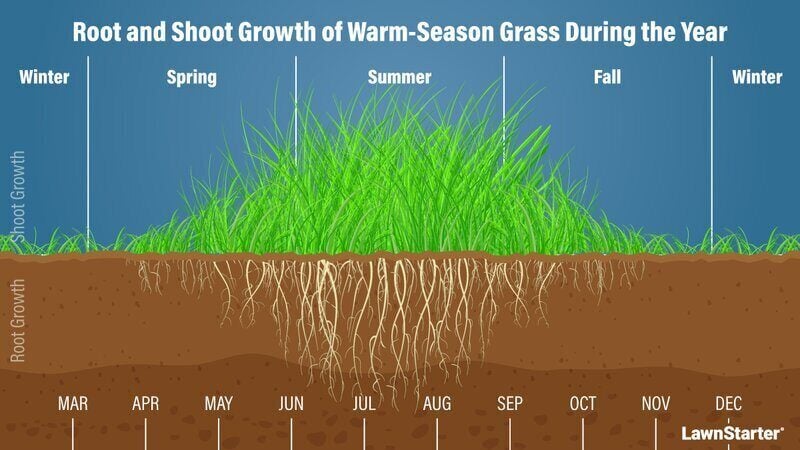
We’ve mentioned warm-season and cool-season grasses a lot, and there’s a reason for that. Warm-season grasses grow actively in summer and are best suited for the southern states with mild winters. Cool-season grasses grow actively in spring and fall and thrive in the northern states where summers aren’t too hot. You will need to adapt your care based on their respective growing seasons.
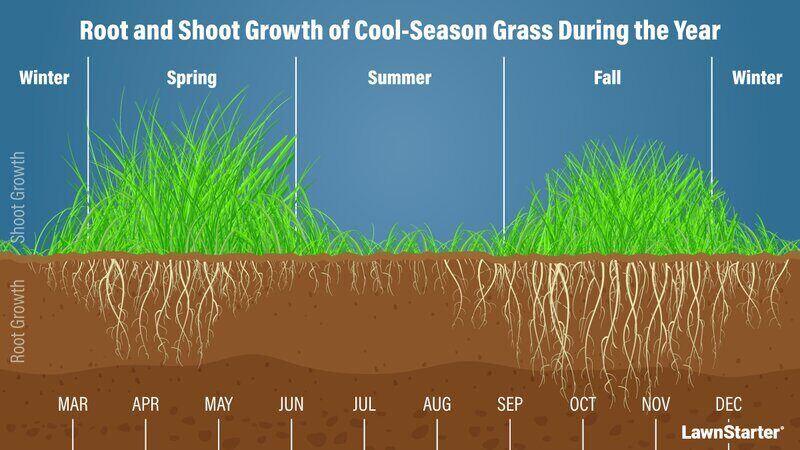
Individual grass species also have their quirks. For example, some weed control products don’t work for specific grass types. Just like you need to adapt your hair care based on your hair type, you should adjust your lawn care based on the type of grass. If you know your grass type, research whether it has unique care needs.
15. Your Neighbor Hires a Lawn Care Professional
Your neighbor may not know the secrets to a greener yard, but they’ve found someone who does. Lawn care companies care for all grass types and can deal with common and uncommon issues. With their help, you can have a beautiful lawn without lifting a finger.
Want to relax just like your neighbor? LawnStarter can connect you with lawn care professionals in your area. Get ready for your backyard barbeque, knowing you’ll have green grass to show off.
Photo Credit: PublicDomainPictures

